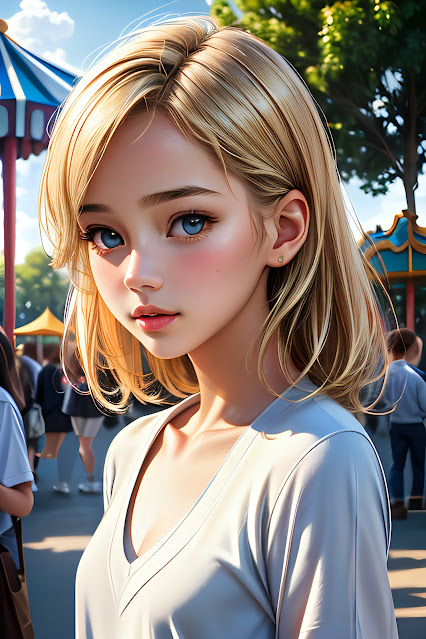The Rise of Chibi Anime and the Impact of AI on the Industry
In the vibrant world of anime, a unique style has been capturing the hearts of fans worldwide: chibi anime. Derived from the Japanese word meaning "short person" or "small child," chibi anime features characters with exaggerated proportions, such as larger heads and smaller bodies, creating an adorable and endearing aesthetic.
One of the most notable examples of chibi anime is "Chibi Devi!," a supernatural comedy series that follows the story of a high school girl who gives birth to a devil baby. The show's unique premise and charming chibi characters have captivated audiences, making it one of the most popular chibi anime series to date.
As the anime industry continues to evolve, so too does the technology used to create it. Artificial intelligence (AI) has become an increasingly important tool in the production of anime, from automating tedious tasks to enhancing the overall viewer experience.
AI has also been used to enhance the viewer experience, with algorithms that can analyze a viewer's preferences and recommend anime series that align with their tastes. This personalized approach to content discovery has the potential to introduce fans to new series they might not have otherwise discovered, further expanding the reach of the anime industry.
However, the use of AI in anime is not without its challenges. Some critics argue that the use of AI could lead to a homogenization of the industry, with algorithms favoring certain styles or themes over others. Additionally, there are concerns that the use of AI could lead to job losses in the animation industry, as machines take over tasks traditionally performed by human artists.














